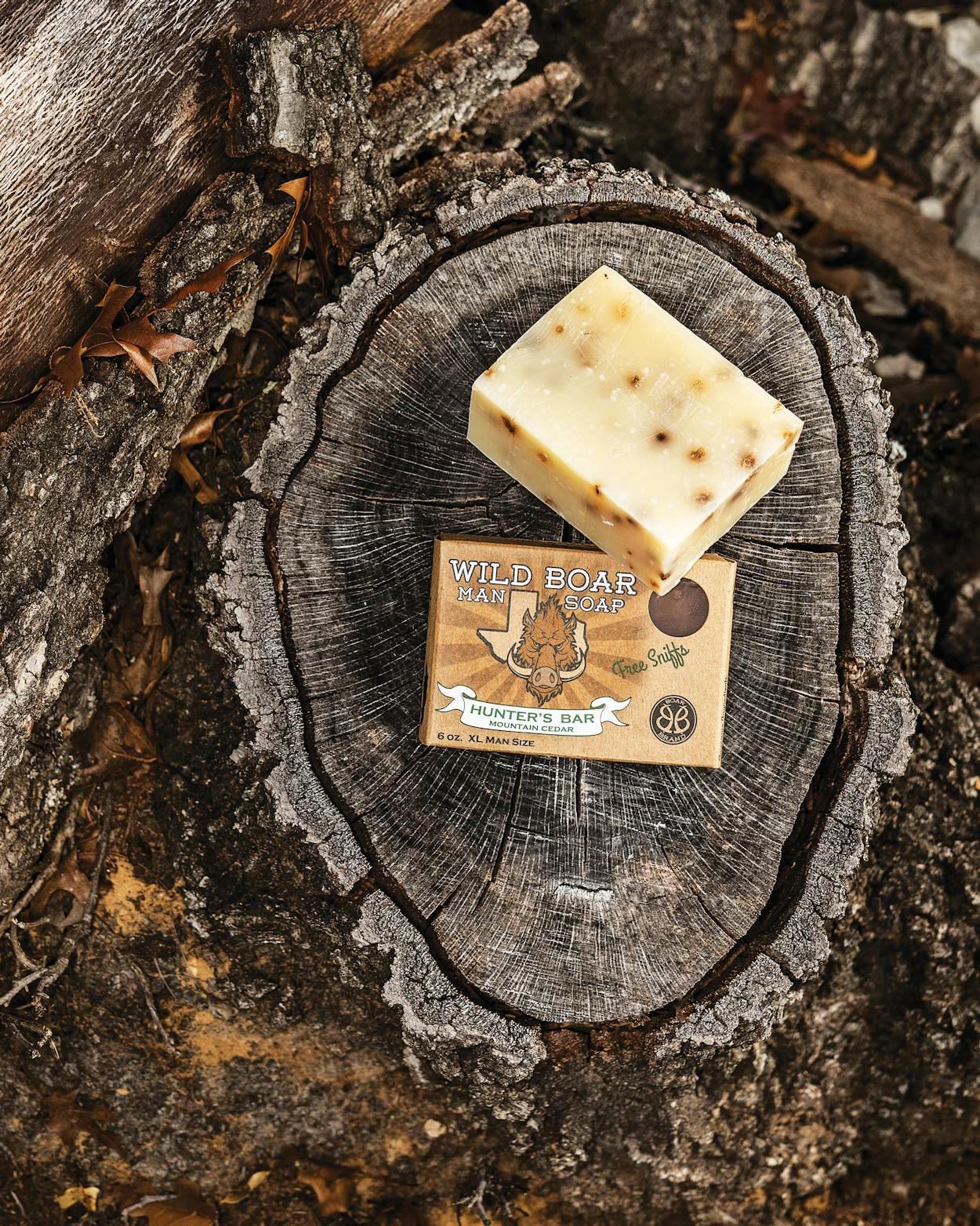When he launched Wild Boar Man Soap, in 2015, John Michon didn’t set out to promote the wonders of feral hog fat. The 52-year-old hunter, who lives outside the Hill Country town of Kerrville, was just looking for a way to use the lard sourced by his then-employer, Broken Arrow Ranch, an Ingram-based producer and processor of game meats. He remembered his grandfather’s stories about living on a farm in Willis, in East Texas. “Every winter they’d slaughter a pig, and nothing went to waste,” says the former restaurateur and chemical plant operator. “My great-grandmother would add lard to lye to make soap, so I decided to give it a try.” His “certified Boarganic” soaps (and beard and lip balms) use local ingredients such as cedar oil.
Texas Monthly: First things first. What’s the deal with feral hogs?
John Michon: Hernando de Soto brought the first pigs to North America in the 1500s, and Eurasian wild boars were introduced to Texas in the 1930s for hunting. Feral hogs are the escaped and wild-born offspring of these animals. They’re opportunistic omnivores that cost the state millions of dollars annually in damages to agricultural land and natural resources.
TM: Where did you obtain your first batch of soap lard?
JM: I did sales for Broken Arrow Ranch for twelve years. We had a surplus of lard after a deal with an upscale dog food company fell through, and they were going to dispose it when I said, “Hold on!” I don’t like waste, and it reminded me of my grandfather’s story.
TM: Had you ever made soap before?
JM: Nope. I just educated myself on the interwebs and watched a lot of YouTube videos. Then it was just trial and error, but there are soap calculators that help you figure out ingredient ratios depending upon the desired lather, softness, skin feel, that kind of thing.
TM: What was the winning combination?
JM: Well, soap requires fat, so that’s the lard, as well as lye, or sodium hydroxide, to create a chemical reaction with the fat known as saponification. I add castor oil to increase the lather—I was going for a whipped cream versus a meringue consistency—and Texas cedarwood oil, for fragrance and to evoke the Hill Country.
TM: What does “certified Boarganic” mean?
JM: Wild game can’t technically be considered organic because of the way federal guidelines are written and enforced. It means that the hogs are processed in a USDA-certified plant and the meat is inspected as well. The other ingredients, however, are certified organic.
TM: Did your culinary background inform how you made your products?
JM: Absolutely. The entire line is made of true Texas products—the same concept as the local food movement. I use cedarwood oil from Leakey for the Hunter’s Bar “wild man” soap and Becker Vineyards lavender buds for the Silk Purse “wild woman” soap [augmented with imported flowers]. There’s olive oil from Texas Olive Ranch, in Carrizo Springs, and raw beeswax and honey from Fain’s Honey, in Buchanan Dam, for the beard oil and beard and lip balms.
TM: Do you also hunt, butcher, and eat feral hogs?
JM: Yes! I like to cook whole pigs in my La Caja China [a Cuban-style wooden roasting box]. They’re significantly leaner than domestic hogs, but it’s a myth that the meat and fat are gamy or rank. I describe it as full-flavored.
TM: Do you also cook or bake with the lard?
JM: I tried making a piecrust once, but when I was at Broken Arrow, our chefs did some really cool things with it. I remember a flan with feral hog–fat whipped cream that was really good.
TM: That sounds . . . intriguing. Does feral-hog fat pose any safety issues when it comes to making skin-care products?
JM: No. The lard is rendered, and the lye transforms it into a neutral, sterile product. The soap boxes even have a little window, so you can experience how good they smell. And, you know, it’s food-grade; I’m not harvesting it from roadkill.
TM: Is the soap an all-purpose bar?
JM: I like to do the whole nine yards with it: hair, beard, skin—it’s also pet safe. You know how regular bar soap can feel really . . . not good, if you use it on your hair? That’s because industrial soaps strip all the good stuff out to keep them cost-effective. It’s like the difference between real and fake food.
TM: Where do you make your products?
JM: In my kitchen until my wife banished me to the back porch; I’m building a “soap shed” come spring. Each forty-pound batch yields eighty-one six-ounce bars. I made my own rectangular soap mold out of birch and turned a two-by-two piece of oak and a piano wire into a cutter.
TM: Anything new in the works?
JM: I’m creating a signature scent for each region of Texas, and the Piney Woods are next. I love Texas, and it’s a “brand” with worldwide recognition. There’s just something about this place.
TM: In other words, Wild Boar Man Soap is really about your passion for Texas?
JM: Rendering lard wasn’t a childhood dream, so yeah. But people keep ordering it, so I’ll keep making it.
This conversation has been edited for clarity and length.
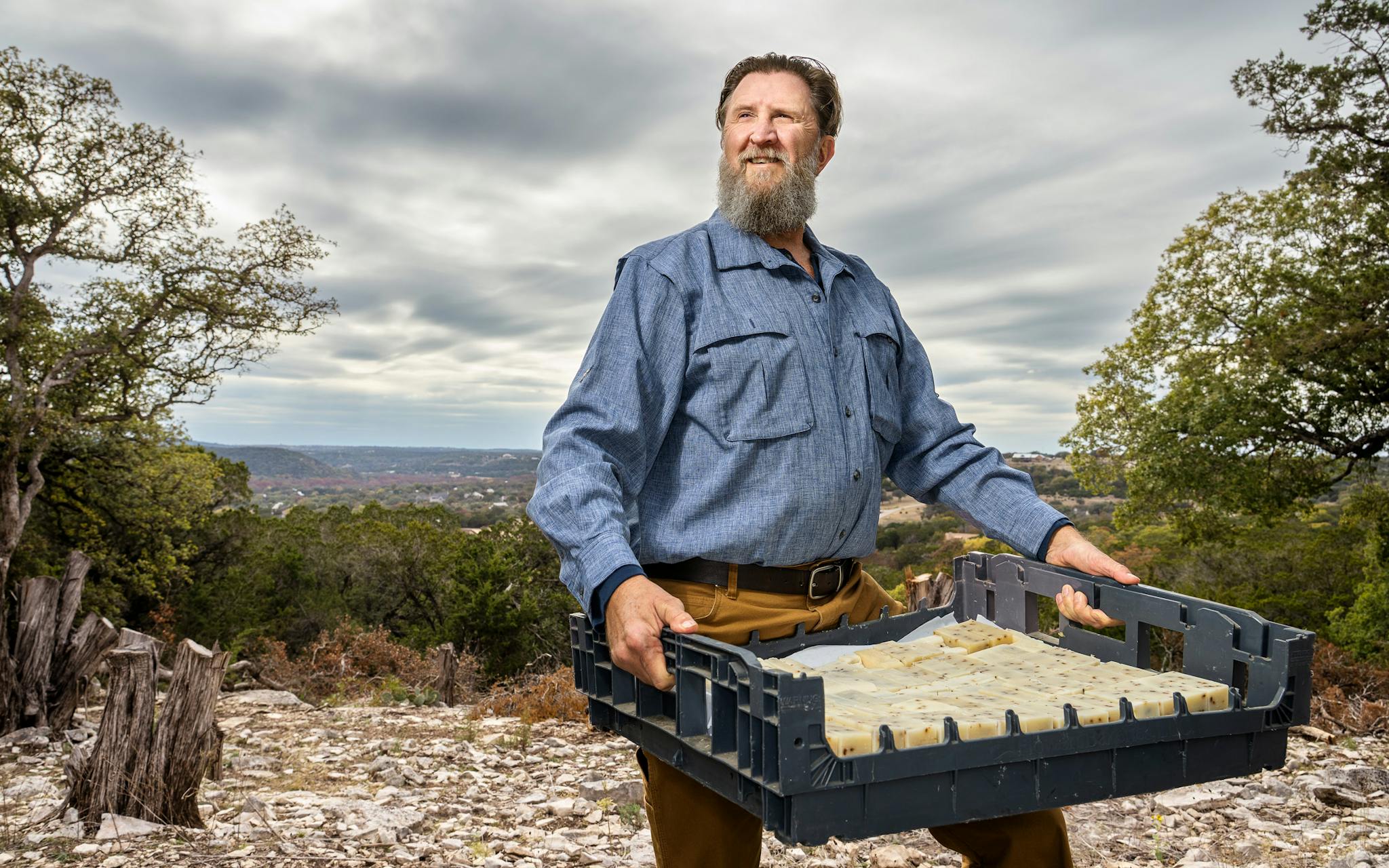
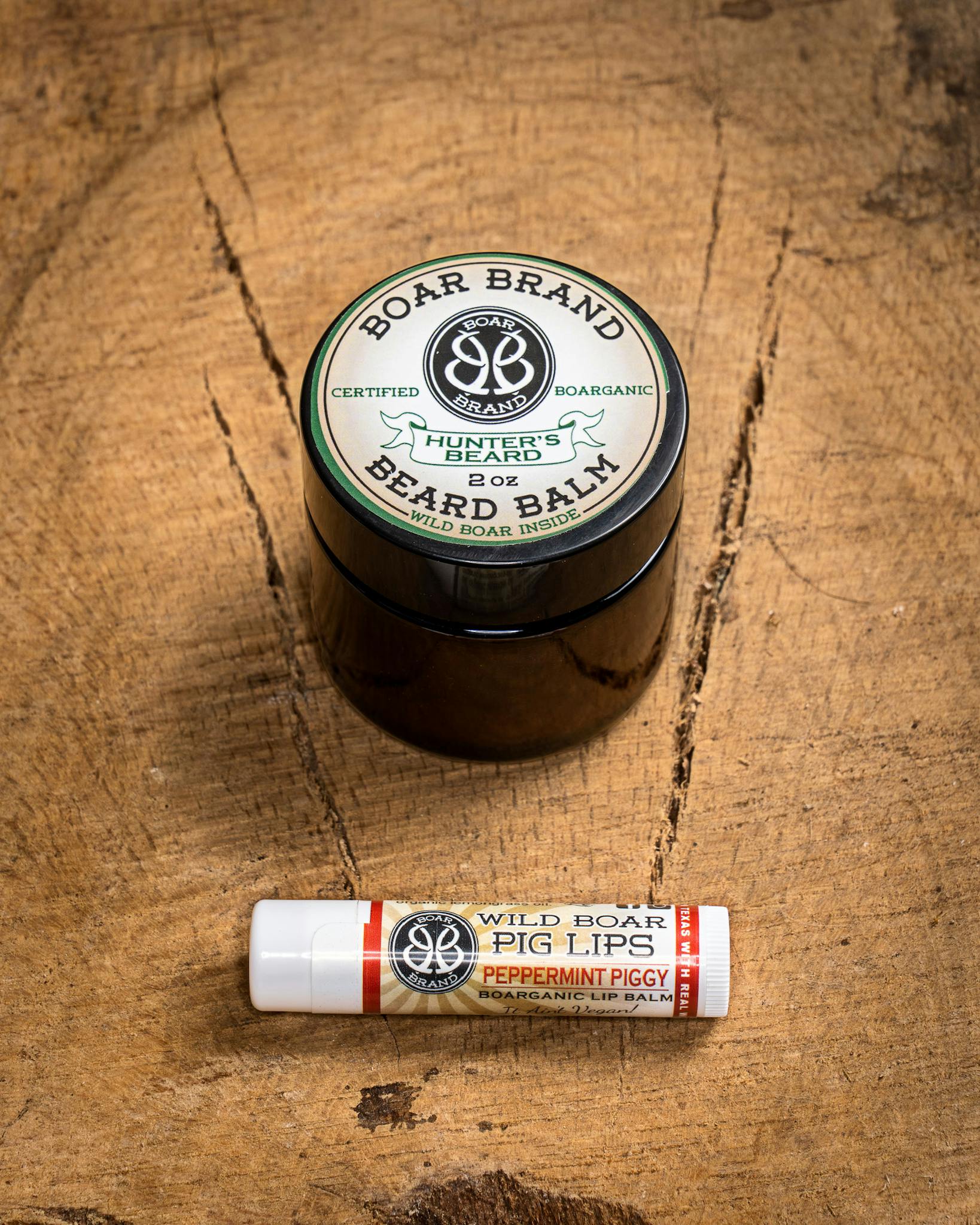
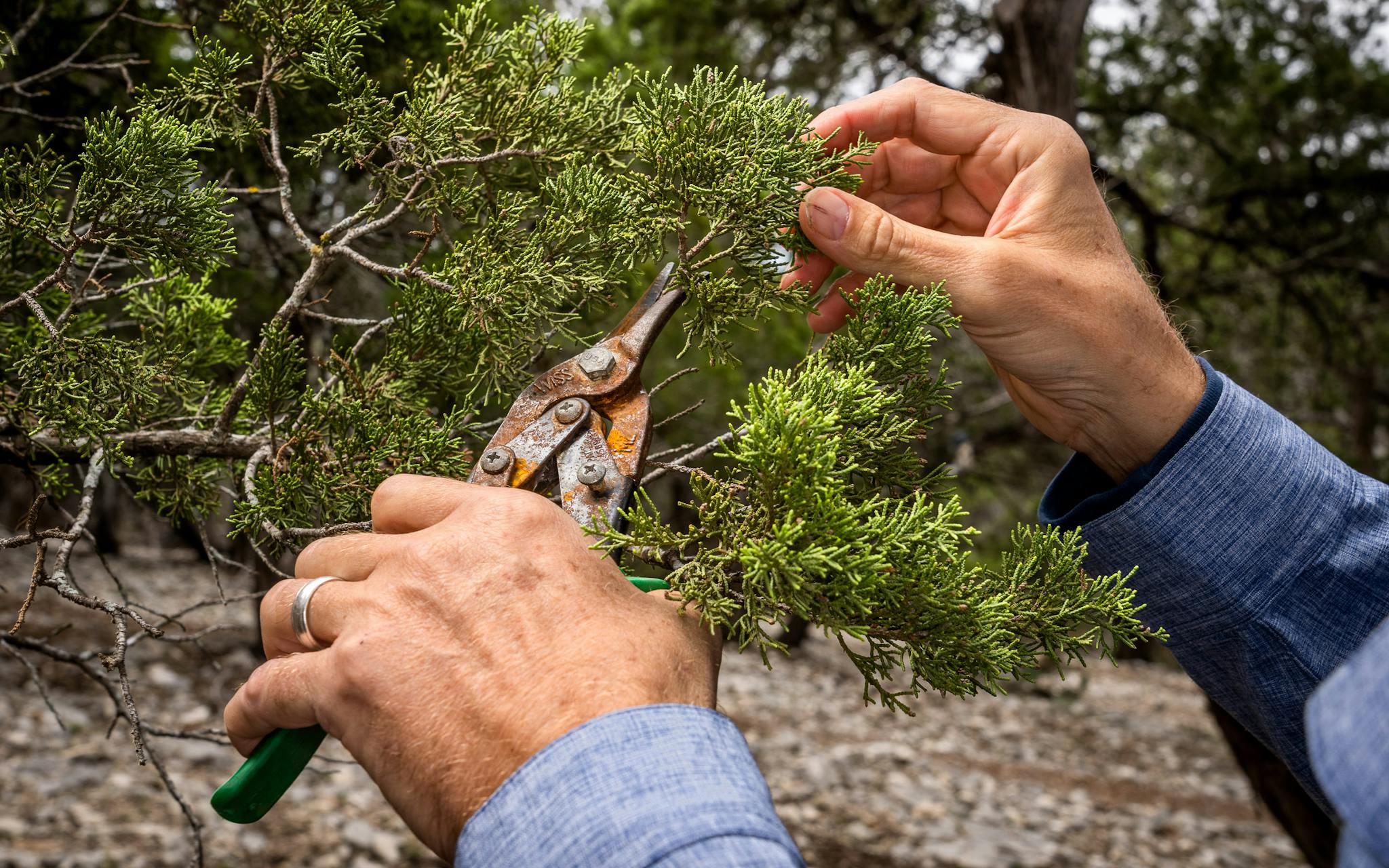
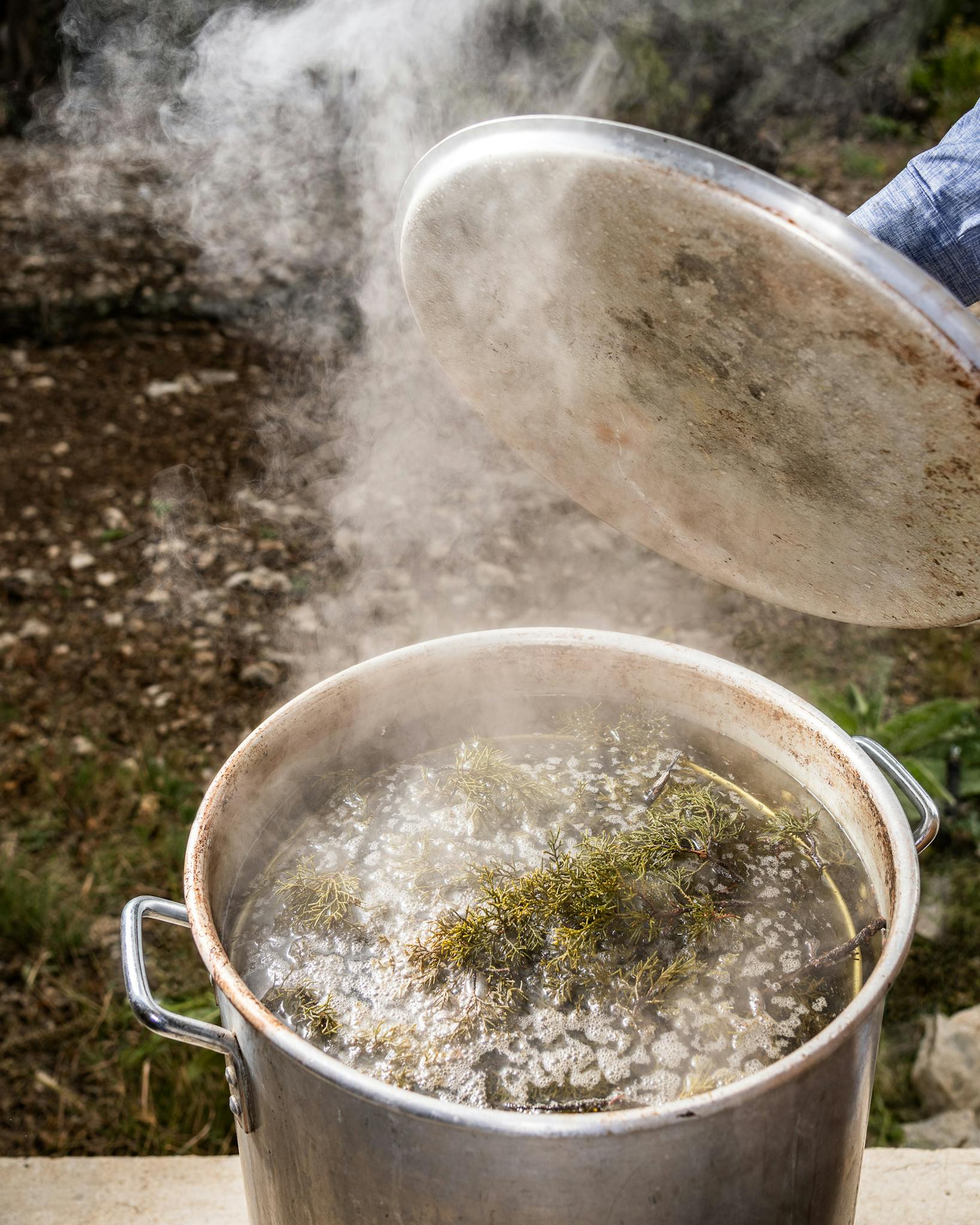
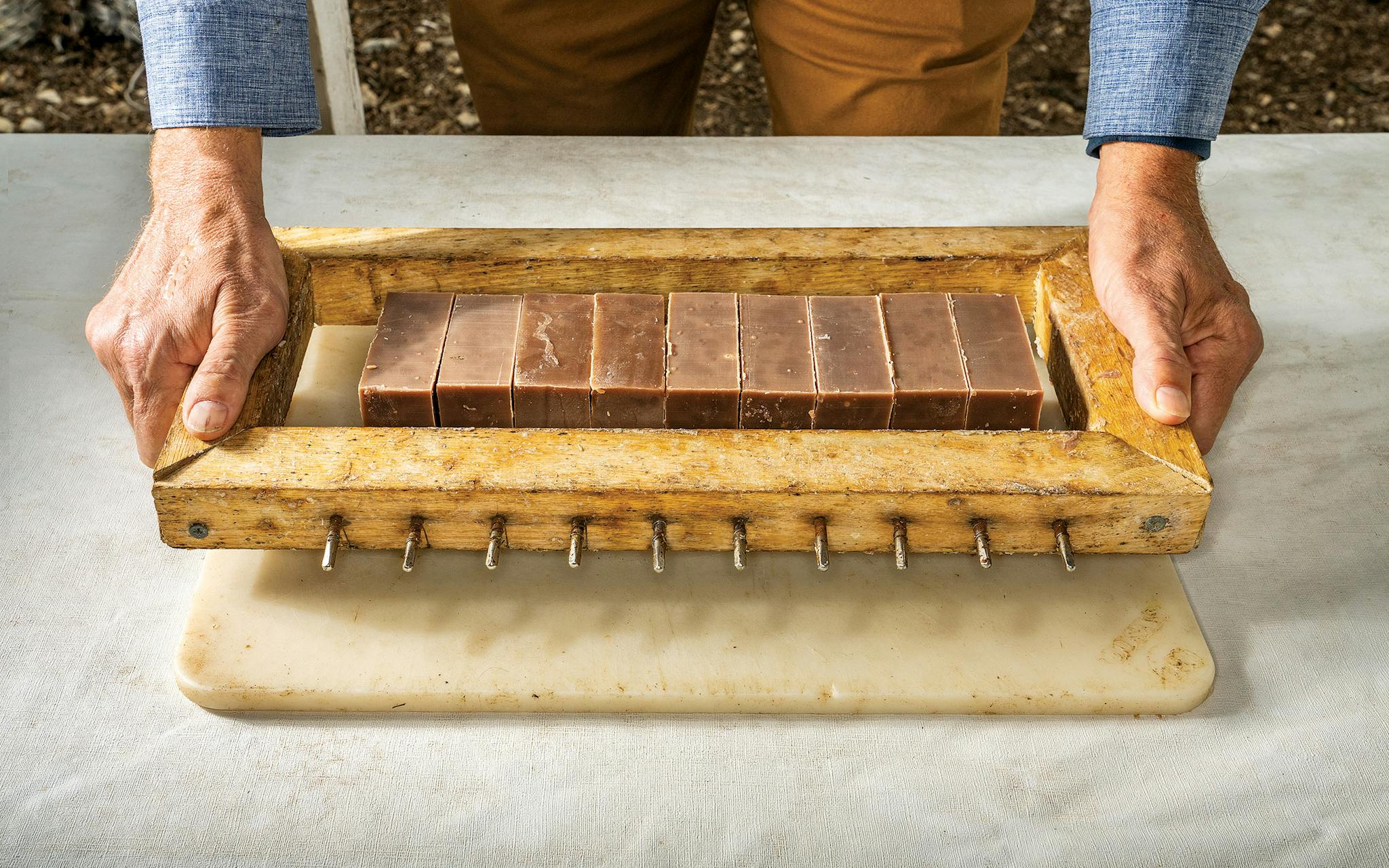
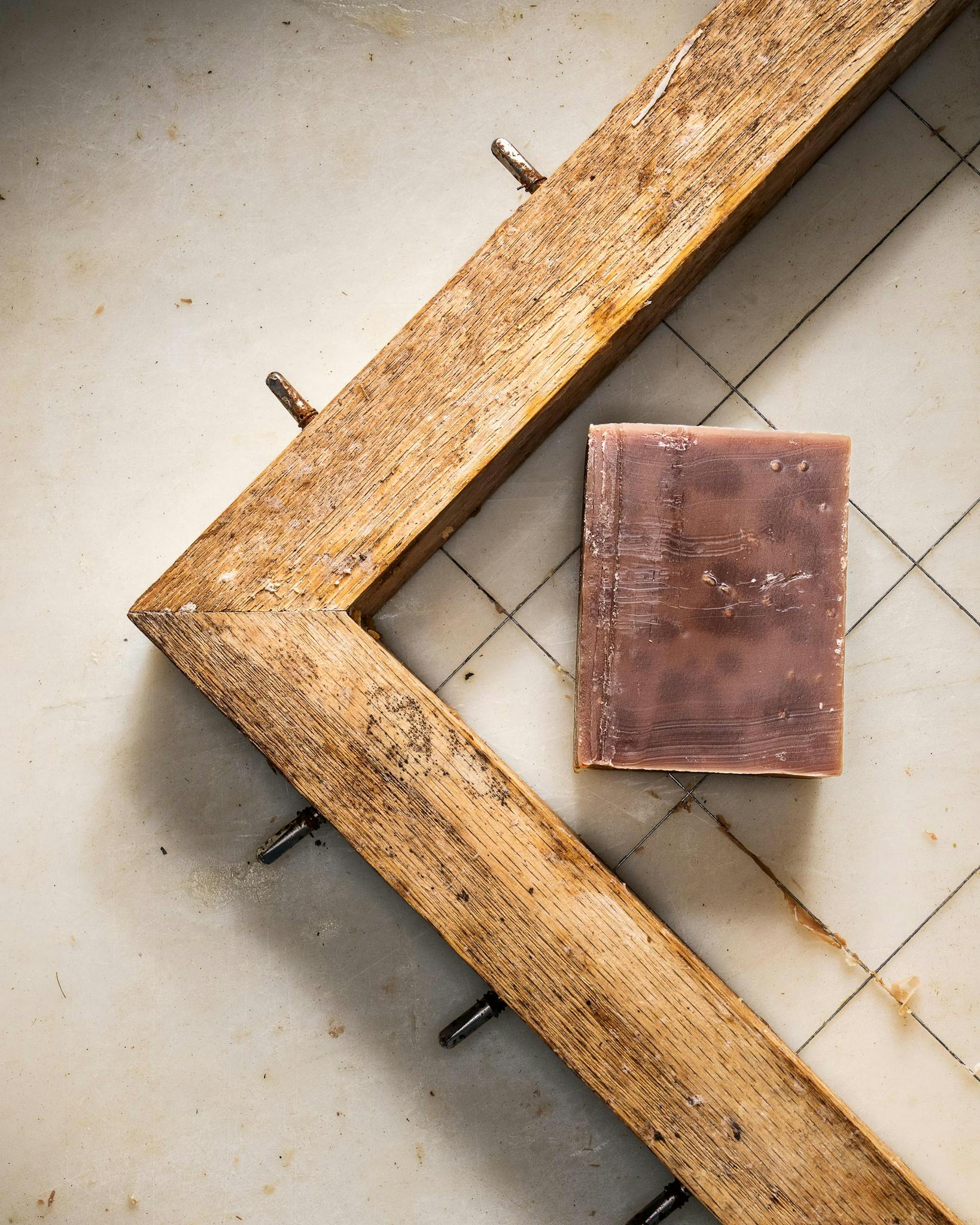
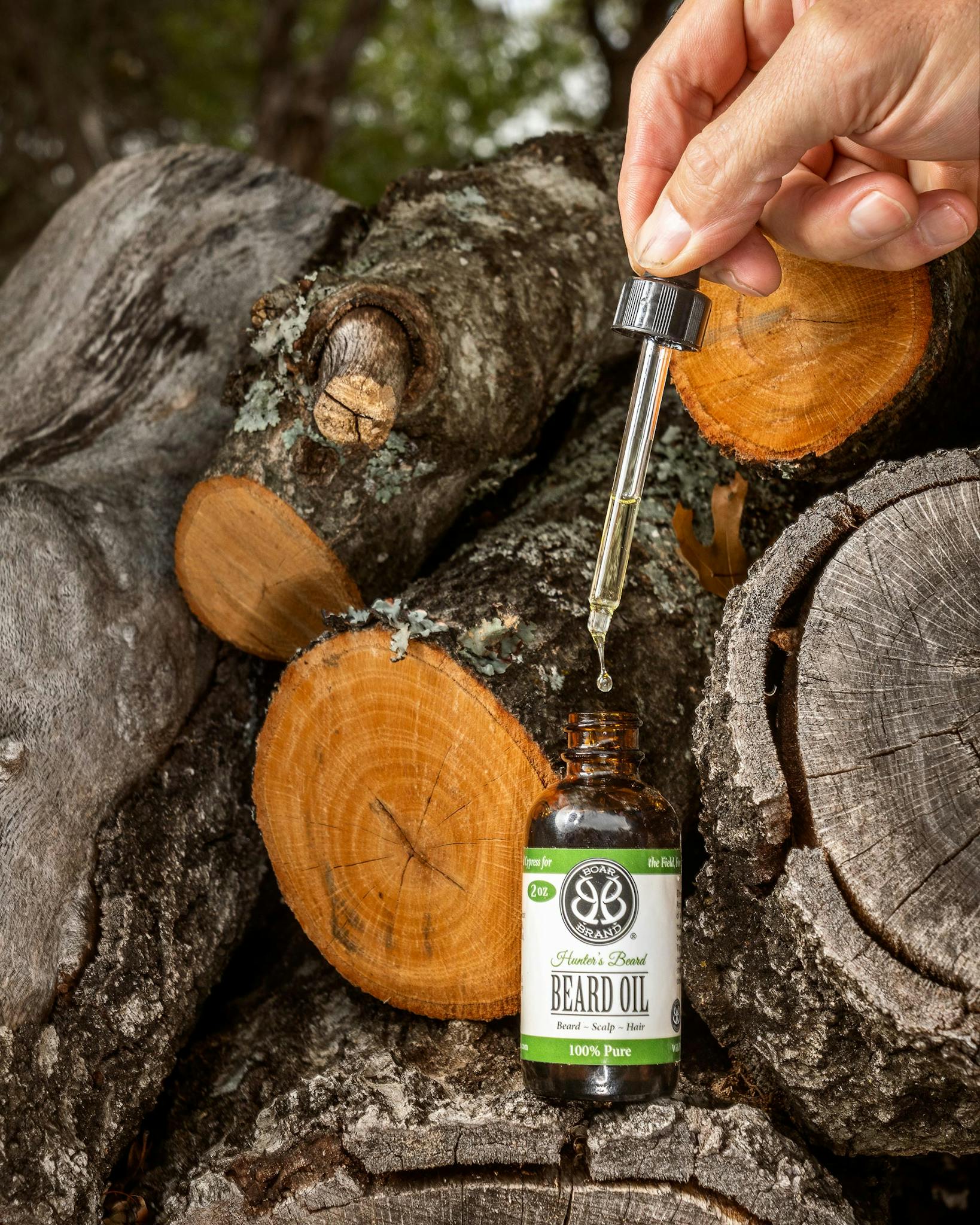
This article originally appeared in the January 2023 issue of Texas Monthly with the headline “Hunting and Lathering.” Subscribe today.
- More About:
- Kerrville
